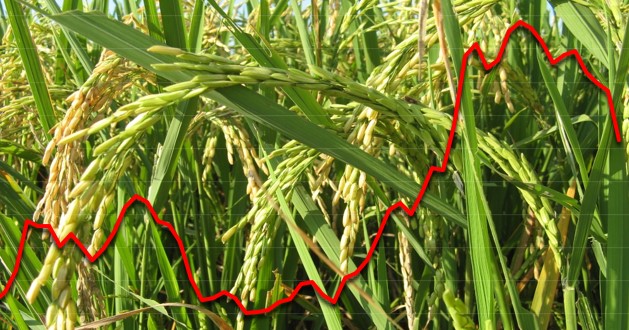
In December, world rice prices remained relatively stable, but started to decline at the end of the month, and even showed a sharp drop in early January, which continues in mid-January. World price stability was short-lived, between mid-November and mid-December 2024, due to some balance between active import demand and India’s return to the export market. However, given that more abundant export supplies are expected and that during the year-end period world trade is traditionally light, importing countries seem to have adopted a cautious wait-and-see attitude, anticipating further price declines. In fact, the downward trend could continue during the first half of the year as a result of the expected contraction of world rice trade in 2025, especially in the major importing countries, with the exception of the Philippines, the world’s largest importer, whose import needs should increase again. This trend contrasts with 2024, which was described as a “golden year” for Asian exporters, whose sales reached record levels thanks to the sharp increase in import demand and India’s restrictive export measures during three-quarters of the year. However, with India’s comeback whose external sales could increase by 30% by 2025, Asian exporters will be significantly impacted, with sales expected at least 20% lower. Meanwhile, global prices could fall to their lowest level in a decade. Consequently, operators are hesitant, waiting for world prices to stabilize before committing to new contracts.
In December, the OSIRIZ/InterRice Index (IPO) remained stable at 237.9 points (base 100 = January 2000), against 238.1 points in November. In early January, the IPO index dropped by 10 points in a few days, and by mid-January, it continued to fall to 222 points, its lowest level since April 2023.
